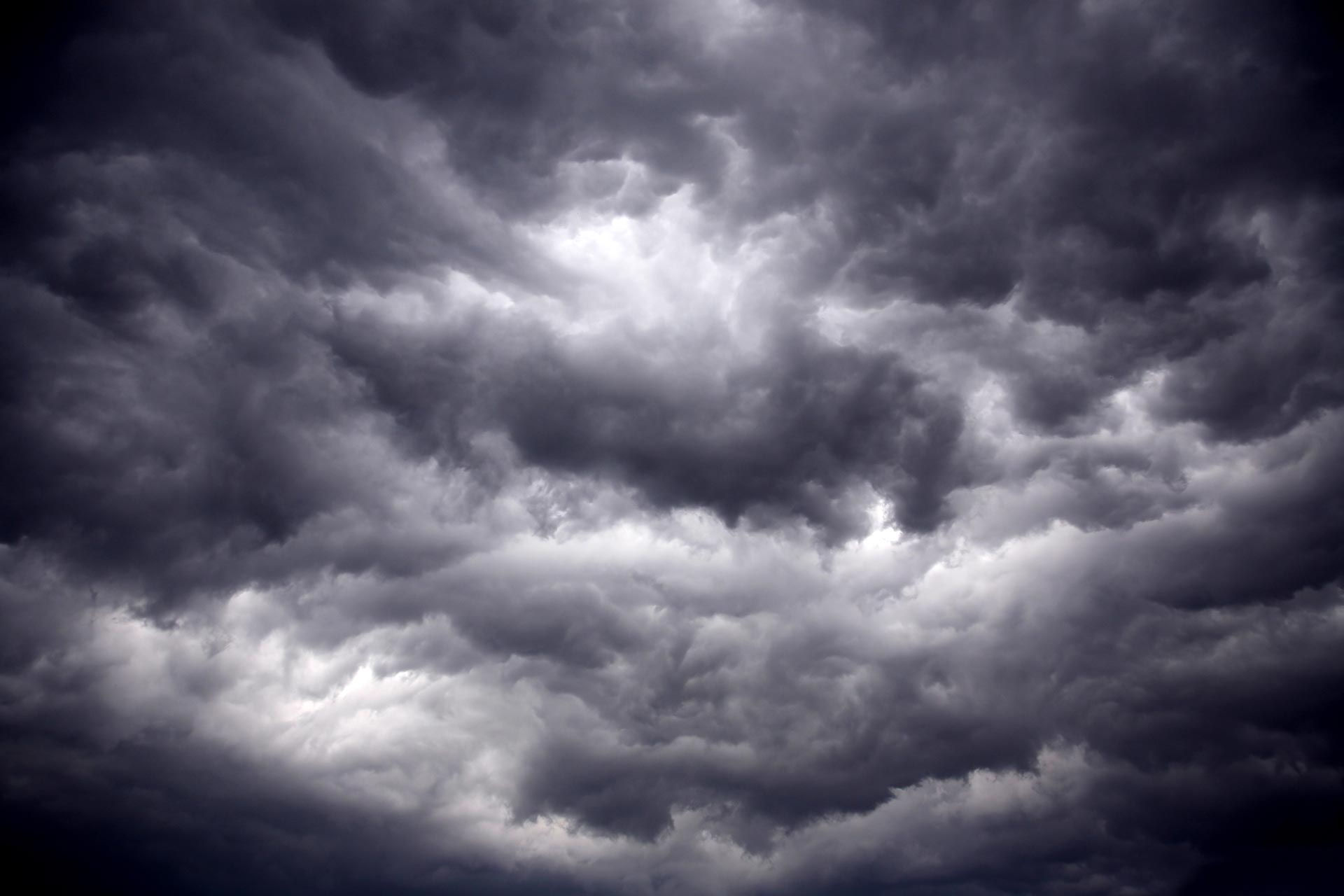FRESH THOUGHTS ON WINTER...
Hola everyone. This weekend is a big one for me as I am officiating a wedding ceremony for a friend and former colleague Nick Stewart. Nick is a meteorologist and one of the best chasers in the business. (He now works for NASA at Cape Canaveral). Below you can see a nice stove pipe tornado we watched develop March 31st of this year. The "rocketman", as I call him dropped us in perfect position to watch it form and pass safely to the northwest. It was a text book chase. Brilliantly analyzed and executed on his part.

Anyway, Nick and Mary, (his lovely wife to be) asked me to perform the ceremony and I said why not! I'm officially ordained by the state of Iowa and I'm as ready to go as I can be. Due to the rehearsal Friday night and the travel involved to get there, I don't have much time to focus on weather. So, this post will be abbreviated and focused on the future more than the chill that blew in Friday. Thanks for understanding my predicament.
Getting to the point, here's the latest winter seasonal forecast from the EURO. (Meteorological winter being December, January, and February).

What you are looking at are the 500mb mean jet stream anomalies. Their positions are important because the model is attempting to show us where the ridges and troughs will be located that dictate the sensible weather. The panel on the left is this winters idea, the right is what was shown for last winter.
Last winter with the strong La Nina (warm water in the tropical Pacific) a strong westerly flow was evident off the Pacific. It brought a rough winter to the upper Midwest, but from my area south it was relatively mild outside of the week long period leading up to Christmas. The right hand panel shows a trough (in blue) over NW Canada that kept the worst of the cold just to our NW, aided by the ridge over the eastern U.S. (in orange).
This years forecast (on the left) is a reversal. A strong ridge is positioned in NW Canada with a broad trough (in blue) centered over the SC Plains. That to me signals a relatively active storm track through the Midwest and Ohio Valley. Not only that, the ridge in Canada would be in a position to deliver cold air to the central U.S. That points to a healthy winter containing cold and snow. This was also indicated in the previous seasonal outlook issued a month ago which I will show later.
For those of you who are winter weather enthusiasts, the EURO outlook for December-February definitely holds some serious promise. Normally, expectations would not be there for much in the way of cold (or snow) with projections of a strong El Nino, currently a given in most modeling. El Nino (the warm phase of the southern oscillation of the Pacific Ocean) is characterized by above normal sea surface temperatures. The latest outlook shows odds greater than 70% the water in the tropical Pacific warms to a point where El Nino reaches strong status this winter.

Below you can see the dynamical average (in red) of SST modeling is 2 deviations above neutral through the heart of winter.

Below is a composite of the weather typically associated with a healthy El Nino. The primary storm tracks are split with a wet winter across the south due to an active sub-tropical jet. The Midwest is relatively mild and often on the dry side with limited intrusions of cold by way of the polar jet.

Where things get interesting (and what the EURO is showing), is the evolution of the El Nino over time. Current conditions have the warmest waters focused in the eastern third of the Pacific, just off the coast of Ecuador and NW Peru.

That is considered to be in Nino region 1+2

By January, several key models (including the EURO), shift the warm waters westward so that they are centered closer to Nino 3.4 in the central Pacific. That is different than the conventional El Nino we are facing now.

If the trend ends up being correct, this would lead to what's considered a Modoki El Nino...one whose warmth is centered in the mid portion of the tropical Pacific. Modoki El Nino's are not overly common and the last significant one was in the winter of 2009-10. Here you can see the sea surface temperature anomalies associated with that event on December 31st, 2009.

That winter turned out quite impressive with the average winter temperature (December-February) in Davenport at 19.6. The 3rd coldest since 1996-1997. Snowfall was 47 inches, the second highest in the past 19 years. As you can see, a decent winter is possible in an El Nino winter if the warm water is positioned correctly, in this case the central tropical Pacific.
Based on Modoki like sea surface temperatures, here's what last months seasonal outlook for (January-March) looked like. You can see a big cold ridge over NW Canada and the mean trough up through the eastern U.S. That definitely looks cold but not as snowy as the new seasonal outlook in the Midwest.

So what does it all mean? First of all, nothing if the sea surface temperatures don't evolve as indicated. That is the wild card that could very well make or break what our winter turns out to be. If the Modoki develops, so could a respectable winter. If not, a more traditional El Nino likely means a much kinder gentler look to the winter ahead. I am not ready to commit to a solution yet but at least this winter has a chance of doing some fun things with cold and snow. Now, we wait to see what happens to those tropical Pacific water temperatures over the next 2-3 months!
Well, I've got a marriage to perform. Until next time, roll weather....TS










Comments